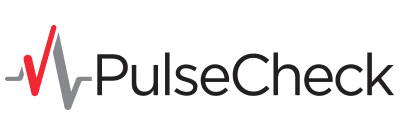In the Canadian Journal of Hospital Pharmacy, the Canadian Institute for Health Information reported that harm occurred in every 1 of 18 hospitalizations in Canada, with many incidents involving medication¹. The Canadian Society of Hospital Pharmacists (CSHP) is committed to improving medication safety practices. CSHP’s Medication incidents: Guidelines on Reporting and Prevention provides best-practice information for organizational programs to report and help prevent medication incidents and enhance patient care.
Medication errors happen often and can have many causes. According to the American Journal of Nursing² medication errors and adverse events include the following:
- inaccessibility of patient information, such as information about the patient’s health status, illnesses, laboratory test results, current medications, or known drug allergies
- insufficient knowledge about a drug, such as proper dosing or drug-drug interactions
- handwritten orders that are illegible, misspelled, abbreviated, incorrect, or incomplete
- failures in the administration of a drug, such as giving medications at the incorrect time or by an incorrect route, giving drugs other than those prescribed, or giving drugs to the wrong patient
There are many strategies and solutions for reducing medication errors in an Emergency Department. An Open Access Emergency Medicine study³ identified relevant strategies as; medication- error analysis, computerized provider order entry systems, automated dispensing cabinets, bar-coding systems, medication reconciliation, standardizing medication-use processes, education, and emergency-medicine clinical pharmacists.
A HealthIT4 article discusses how an EDIS system can prevent medication errors and improve patient outcomes by:
- making it easier to create, update, and maintain active medication lists and medication allergy lists.
- automatically check for problems when a new medication is prescribed.
- alert potential drug to drug or drug to allergy interactions.
- generate and transmit prescriptions electronically, eliminating illegible handwritten scripts.
Using an electronic health record for documentation, tracking, and order entry can be one of the best ways to increase patient safety, especially around medication administration and allergy checking. PulseCheck ED is an Emergency Department Information System (EDIS) customized for the Canadian market, with a robust suite of allergy and medication error protection features. PulseCheck ED actively checks all medications ordered for a patient against their entered allergies and their current home med lists. Any drug to drug or drug to allergy interactions noted will be flagged for both the physician and the nurse. These notifications provide the clinicians with feedback ahead of the dose being ordered and given, reducing medication errors drastically. In addition to meds given in the Emerg., PulseCheck’s electronic generation of prescriptions helps clinicians improve patient safety by automatically checking for interactions flagging similar warnings. Med reconciliation can be done in the application as well. Built-in notifications help improve documentation by reminding caregivers of essential clinical requirements, such as the need for re-evaluation, vital sign re-evaluation and warnings, and open order reminders.
